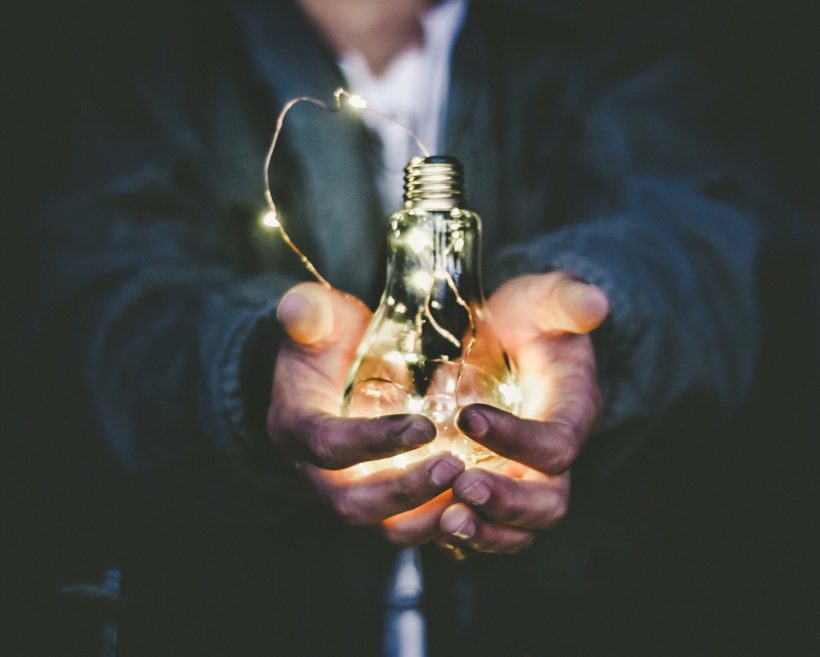According to the U.S Energy Information Administration, the major types of renewable energy sources that exist today are: hydropower, geothermal, wind and solar.
Hydropower harnesses the energy in moving water, a technique that has been used by humans for a very long time, and continues to be the largest single renewable energy source for electricity generation in the United States. The electricity is produced at hydroelectric power plants, which usually fall into one of three types: diversion, impoundment, and pumped storage.
One type of hydroelectric power plant that many are familiar with would be diversion, which is most commonly located near fast flowing water sources. These plants direct the flow of water into a pipe that leads to a turbine whose wheels spin a generator that produces electricity. The Hoover Dam is a type of an impoundment hydroelectric facility, which stores water in a reservoir that can be converted into electricity depending on need or desire. A pumped storage plant stores electricity, though it can also produce electricity by pumping water from one location to another.
Geothermal energy taps into the heat that is continuously produced within the earth. In addition to the heat, there are also large pools of water right underneath the Earth’s crust. When the water comes into contact with the heat, it produces steam, which geothermal power plants generate electricity from via drilled wells. Like hydroelectric power, there are three types of geothermal power plants: dry steam, flash, and binary. Dry steam directs the steam from the ground directly into a turbine to produce electricity. Flash plants pull the hot water into cooler water, using the resulting steam to drive a turbine while binary takes the hot water and turns it into vapor that then drives a turbine to generate electricity.
Most of us are familiar with wind, and may have even seen wind turbines in action. These turbines use massive blades that are connected to an electricity generator so when the wind turns the blades, the generator produces electricity. Electricity generation from wind in the United States has increased significantly in recent years and continues to grow. Huge wind farms have started being developed all over the world, and some areas have wind farms on both land and in the sea.
Last, solar energy comes from the sun. We use solar photovoltaic (PV) panels to harvest this kind of energy and convert the sunlight into electricity. The panels are made of solar cells that lose electrons when sunlight hits them. The loose electrons are forced into an electric circuit and produce electricity. Solar energy systems have basically no impact on the environment. This source of energy is becoming one of the most affordable and accessible.

